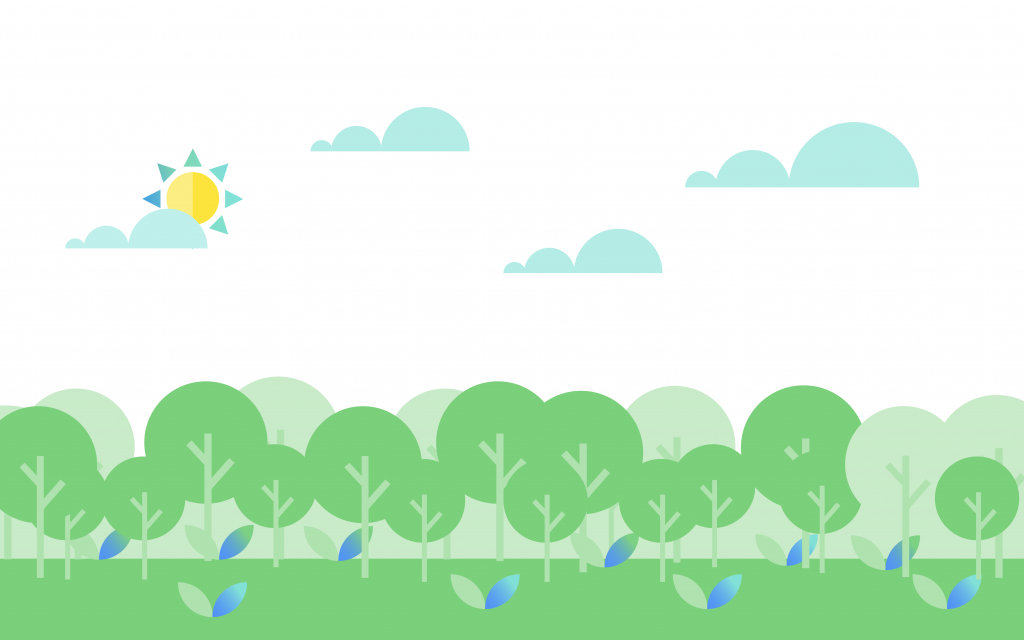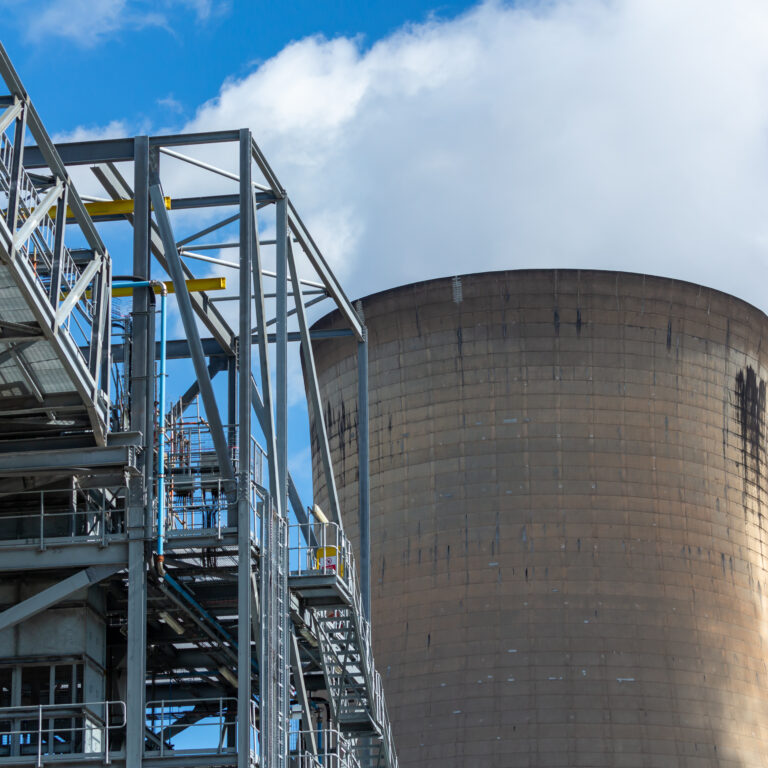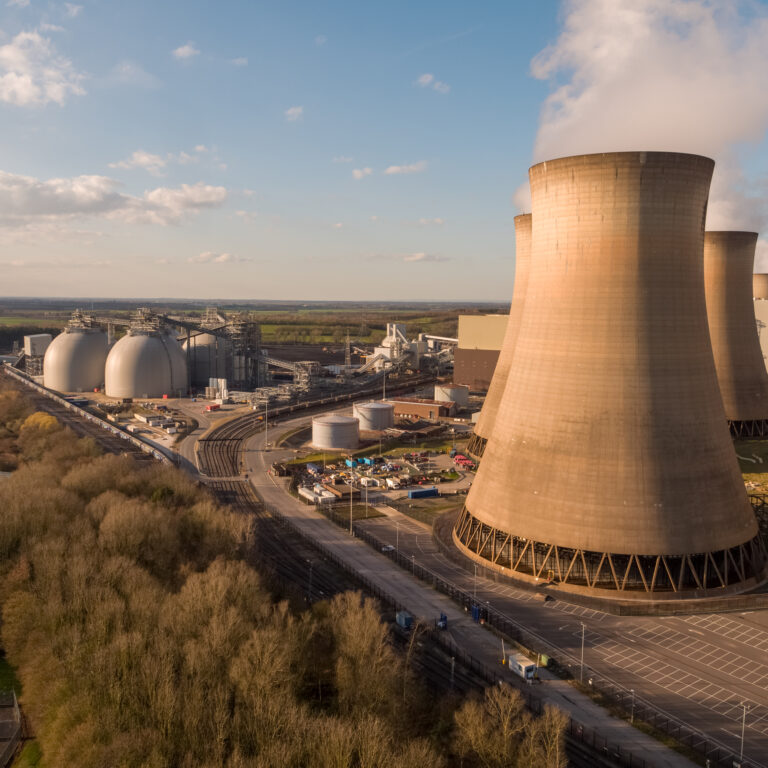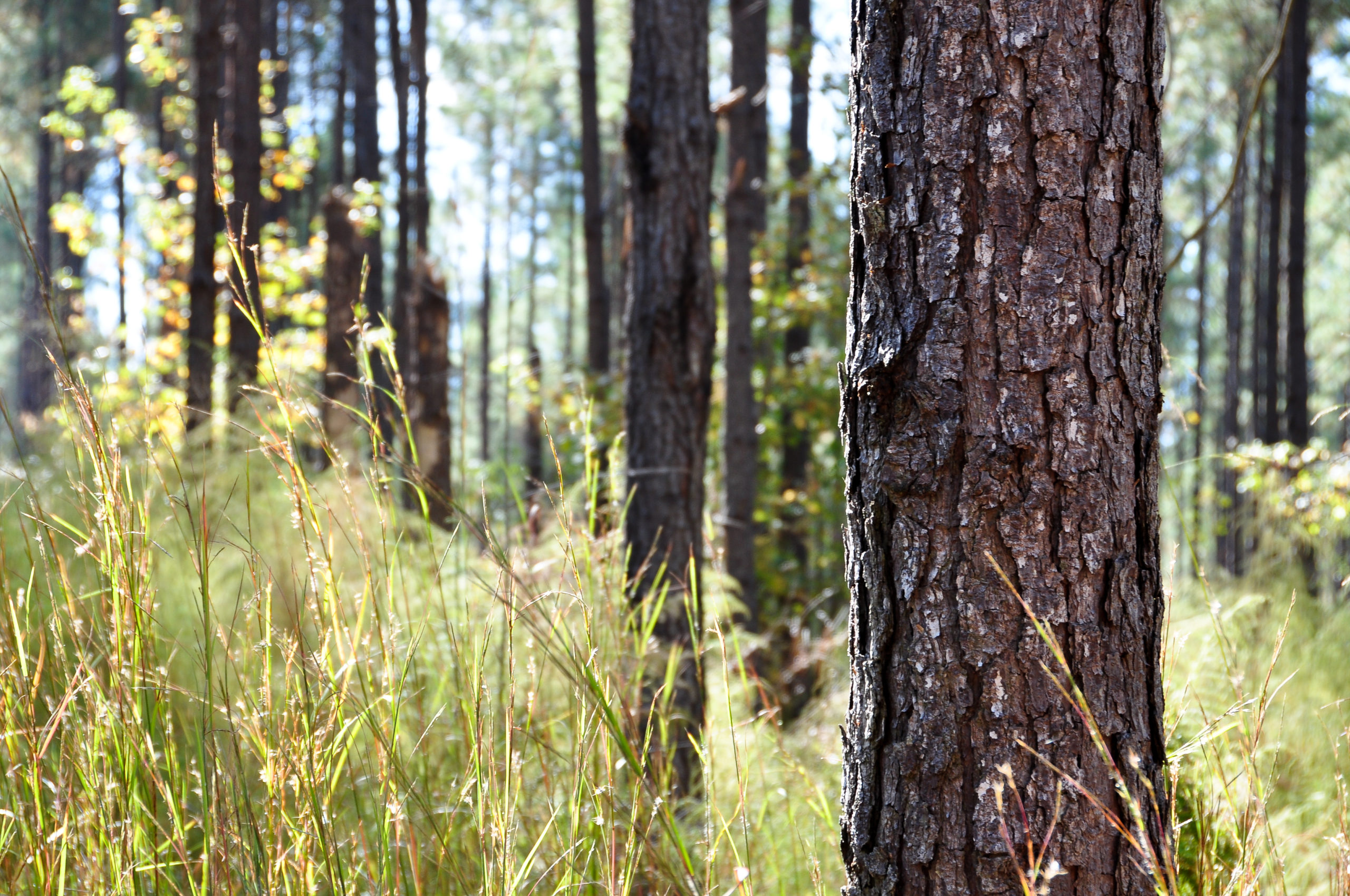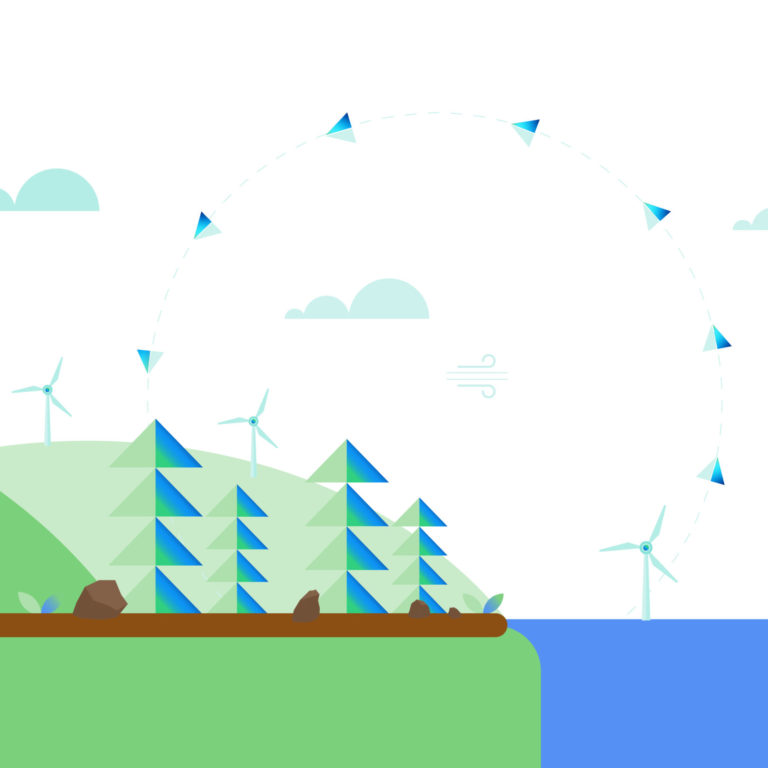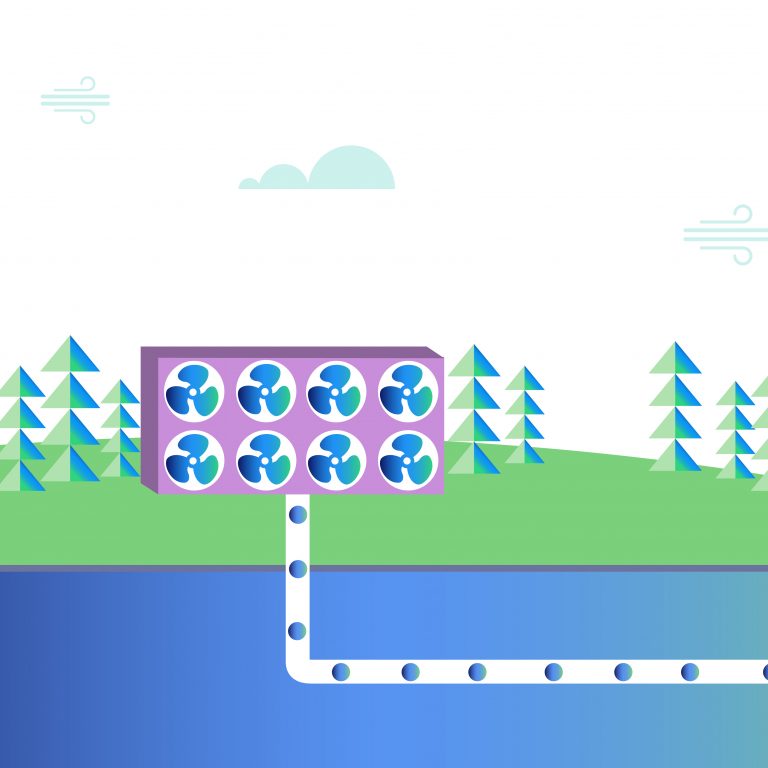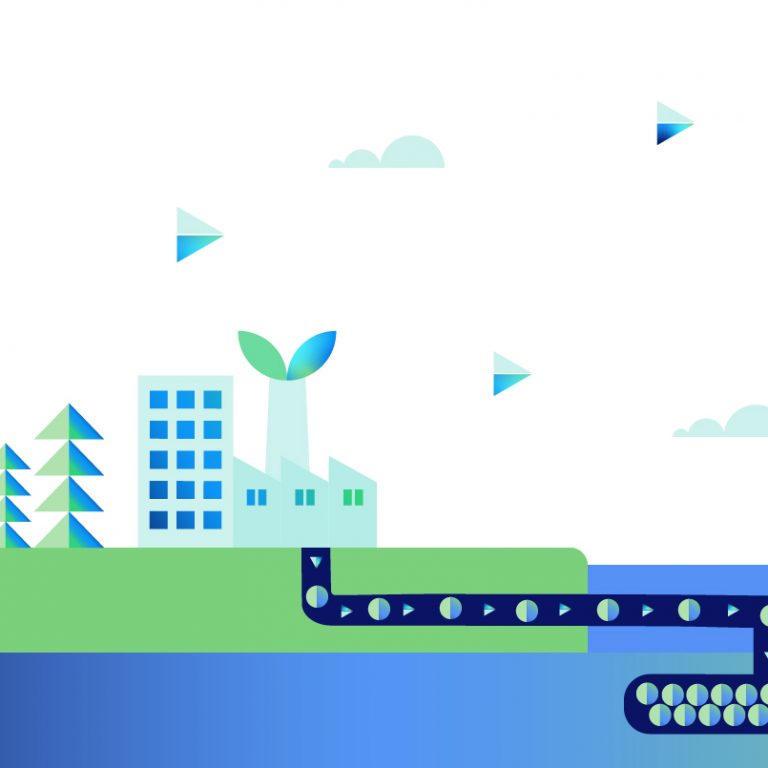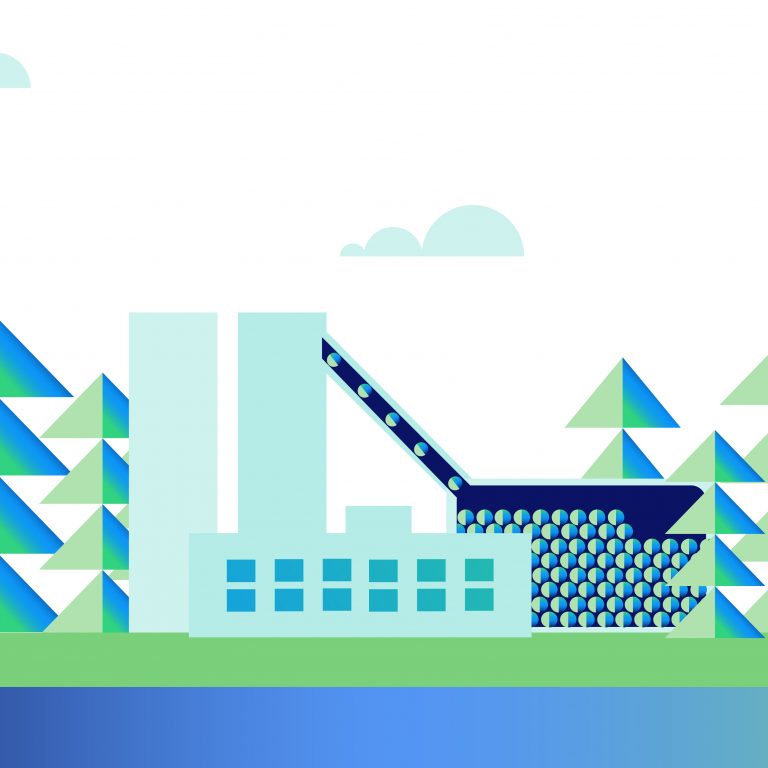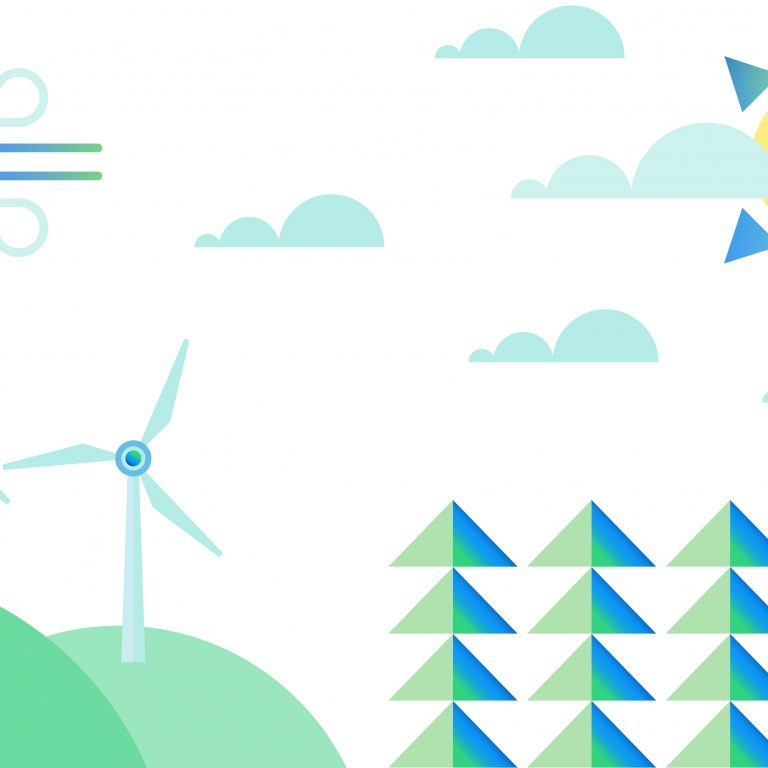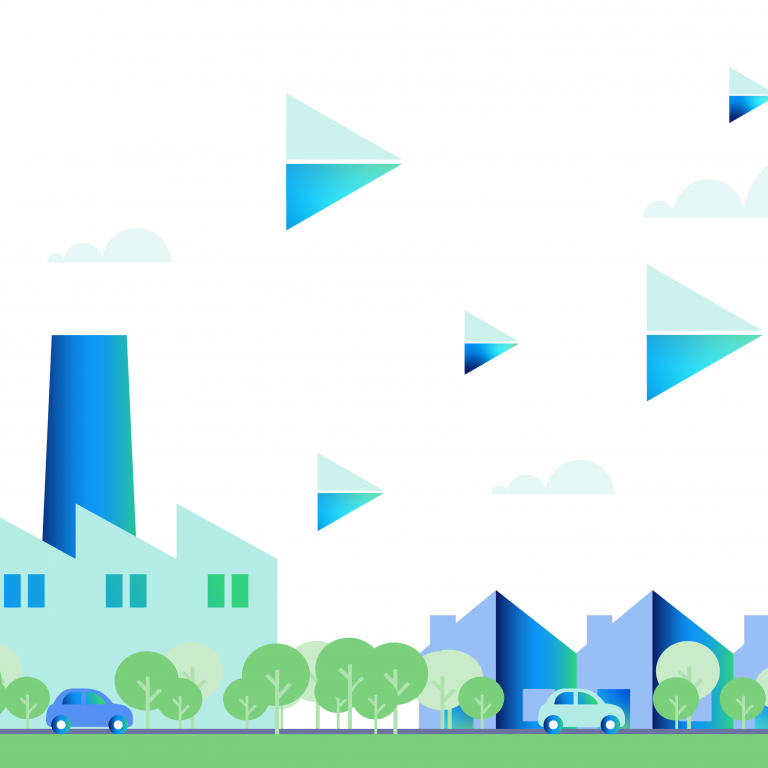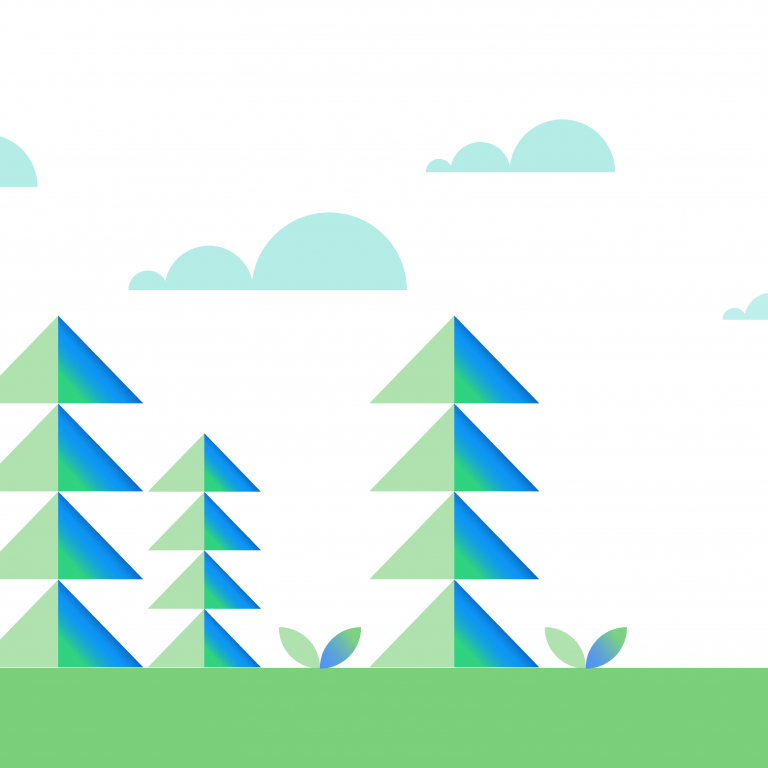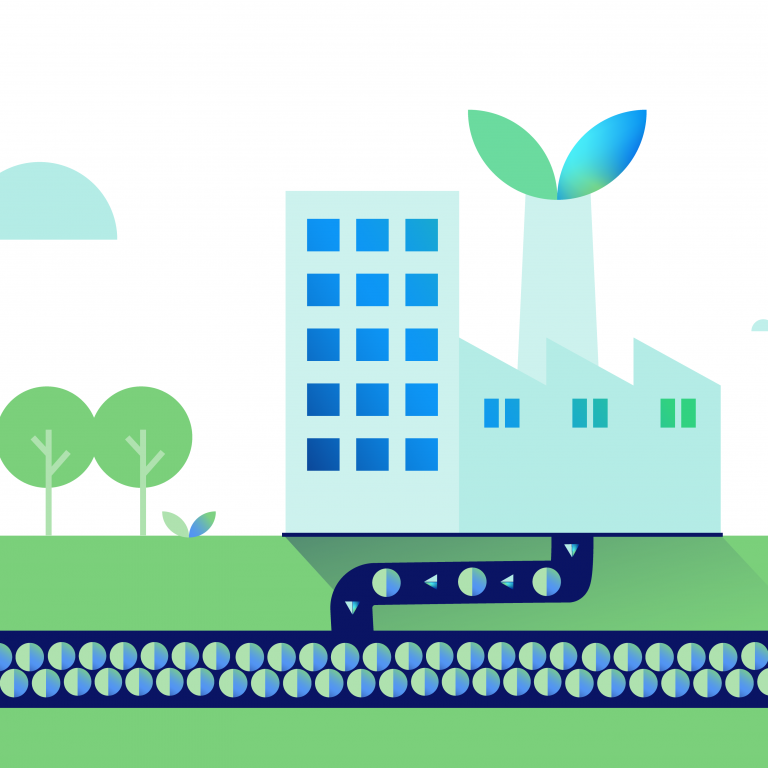What is reforestation and afforestation?
Reforestation is the process of planting trees in a forest where the number of trees has been decreasing.
Afforestation is when new trees are planted or seeds are sown in an area where there were no trees before, creating a new forest.
Why carry out reforestation and afforestation?
Reforestation and afforestation are two of the leading nature-based solutions for tackling the effects of climate change. For commercial foresters and landowners, these two practices are essential to ensuring they can grow wood for wood products and continuously meet demand in a sustainable way.
Reforestation is crucial in combating or preventing deforestation or forest degradation, where forests shrink in size or are completely removed. As well as reducing a forest’s ability to absorb carbon dioxide (CO2), deforestation can destroy wildlife habitats and contribute to the likelihood of flooding in certain areas.
Afforestation can also help avoid desertification, where fertile land turns into a desert as a result of drought or intensive agriculture.
Reforestation is the process of planting native trees in a forest where the number of trees has been decreasing.
How does reforestation and afforestation limit the effects of climate change?
Forests are a natural way of keeping the earth’s CO2 levels in check. The more trees there are, the more CO2 is captured and converted into oxygen through photosynthesis.
By absorbing CO2, forests help to lower the amount of greenhouse gasses in the atmosphere and reduce the effects of climate change.
Reforestation and afforestation help maximize these abilities of forests by increasing the overall amount of forested land on the planet.

Did you know?
Different types of forests, such as tropical, swamps or mangroves, all absorb CO2 at different rates.
The age of a forest also impacts absorption. Young, rapidly growing, trees absorb CO2 at a faster rate than more mature ones, which have large amounts of carbon locked in already.
Afforestation is when new trees are planted or seeds are sown in an area where there were no trees before.
What roles does reforestation play in commercial forestry?
The global wood products industry depends on sustainable forests to supply the wood needed to make furniture, create construction materials and provide fuel for energy.
The supply chain will often start with what’s called a ‘working forest’ – a commercially-run forest which is often privately owned. The landowner will grow a working forest to a certain stage of maturity and then harvest some or all of the trees to sell the wood. Once the wood has been sold for use as lumber, wood products or fuel, the landowner will reforest the areas to regrow the trees.
Foresters will typically do this in stages across their land to ensure there are multiple stands of forest at different stages of growth across their land, which ensures there is consistent, sustainable growth at all times.
Fast facts
- In July 2019 Ethiopia planted more than 353 million trees in 12 hours, which is believed to be an afforestation world record
- There are 7 billion hectares of treeless land on earth, where 1.2 trillion native tree saplings could naturally grow through afforestation
- Increasing the earth’s forest cover by 25% could absorb 200 gigatonnes more CO2 from the atmosphere, without infringing on existing cities or agricultural land
Go deeper
- There’s a long history of sustainable thinking behind healthy, productive working forests.
- Forests have long been a source of mystery and new discoveries are still being made today.
- Reforestation and afforestation are both helping countries around the world to revive their forests.
- Ensuring there is stable demand for wood products helps encourage healthy forests.





